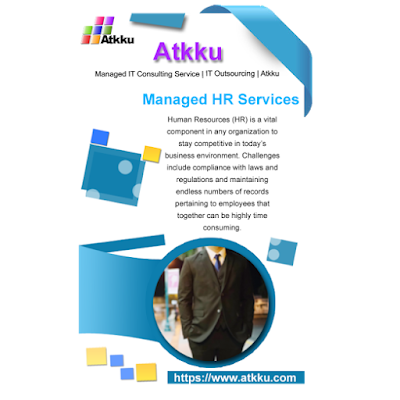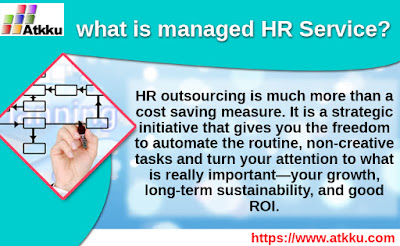There’s a bunch of things you’re not really supposed to talk about in interviews. Politics, religion, that weird growth you noticed on your arm this morning. Ideally, we could add salary to that list as well.
The job application process has a number of separate stages: applying, interviewing, job offer, then salary negotiation and acceptance. Most employers stick to this, and let the money talk wait until things are further along. But if they jump the gun and ask you up front for a) your current salary or b) desired salary, what do you do?
DON’T bring up salary first
It can be tempting to wrap up a great interview with, “So what would my salary be?” The interview is about selling yourself, and packaging yourself, so keep the emphasis on your awesomeness as a candidate. Putting a dollar figure on that awesomeness comes later, after they decide they want to hire you, so it’s best not to appear too eager.
Also, it shifts the focus away from your skills and qualifications and puts a price tag square on your forehead. And the interviewer just might not be the appropriate person to discuss salary in the first place. Many companies keep the financial negotiation part limited to HR, while your interview might be with someone who has little control over that aspect.
DON’T feel obligated to talk numbers.
If they ask you what you expect the salary to be for this position, it’s okay to defer by saying, “I’m sure the company offers a fair range, and I look forward to discussing that in the future.” Answering the question directly can be risky: go too high, and they may stop considering you. Go too low, and you may get low-balled on the salary after you get a job offer, if they know they can get away with a lesser amount.
DO keep things vague.
If the interviewer asks you what your current salary is, you can estimate a range, and bump it up slightly to include any benefits you might have. Don’t lie—if you tack on $10K to what you’re currently making, the true numbers will likely come up later, making you look look both foolish and shifty.
DON’T bust out your W-2 from last year.
Even if you’re asked about your current salary, it’s not really appropriate for anyone to ask you for specific documentation at that point.
DO shift focus away from money as quickly as possible.
Emphasize that while the salary is obviously an important part of any job, you’re more concerned about opportunity and growth. You can say that right now, you’re more interested in talking about how you’d fit in with this position.
DO some research up front, and have a number in mind.
Even though there shouldn’t be extensive talk about the salary at this point, you should already have a good idea of the range, whether it’s from the initial job description or some basic research about the job title or company. That way, if the subject does come up and you name a number because you feel put on the spot, you’re working with reasonable figures.
In an interview, the focus should be on you, not on the financial bottom line. But if it does come up, being prepared to deflect it and move on like the smooth operator that you are will help you get through an awkward moment.
Content Credits : http://www.thejobnetwork.com/


